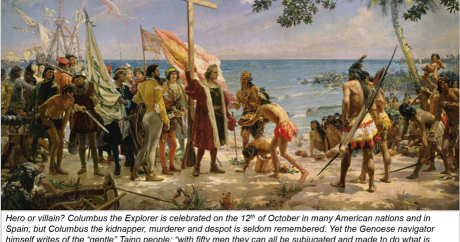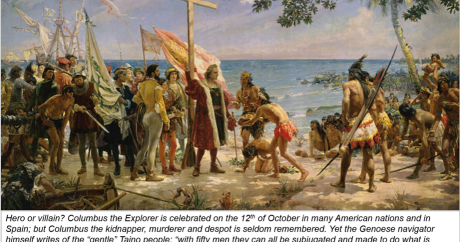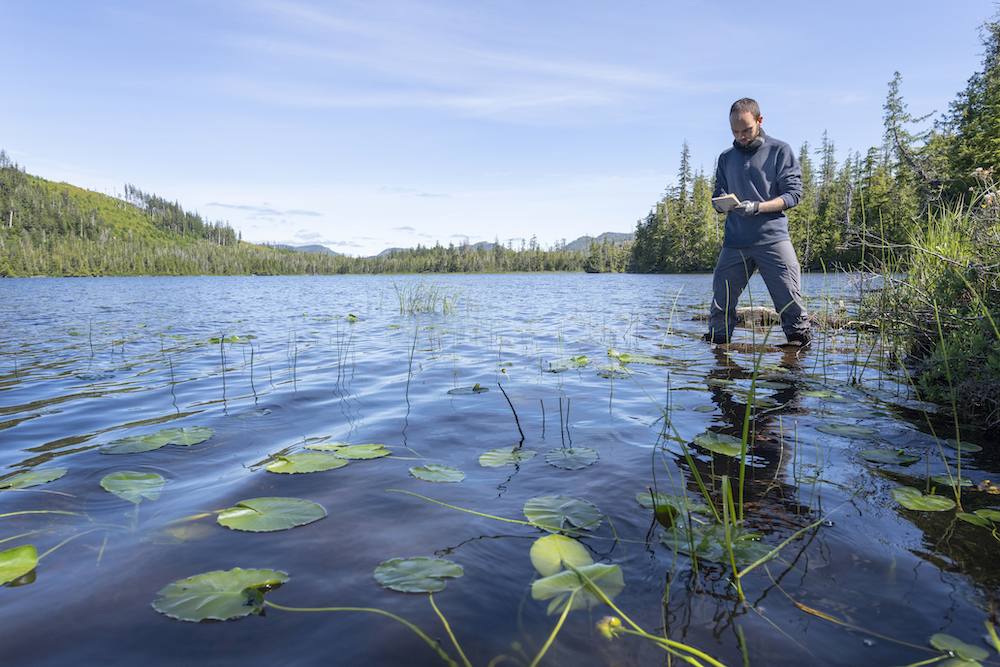Montuno
...como el Son...
Aha.I will need to search, which is why I only alluded to this. I recall reading and or seeing a documentary hypothesizing a connection between Teotihuacan and structures in Florida and Monks Mound.
If I had the cash, I'd travel to these spots since I'm exactly in the middle of them all.
The theories are that Northern North America was populated via migrations from Russia but I wonder because of the Dene and Navajo similarities in language.
But with Teotihuacan we moved a millennium into the future with respect to the pre-Maya before 900 BC, I think (?).
Florida is very far from Teotihuacan, and I don't know anything about possible influences. But if there are numerous studies and evidence of influence/contact with the American Southwest, with the Mogollon, Hohokam, Sinagua, Fremont (remember the excellent posts on the Fremont archaeological remains left behind in this thread) and Anasazi cultures/peoples; which will reach as far back as descendants as the Hopi-Zuñi-Pueblo peoples:
Annals of the Institute of Aesthetic Research
printed version ISSN 0185-1276
An. Research Inst. Estét vol.33 no.98 Mexico City nov. 2011:
Articles
From Teotihuacan to Chaco Canyon: New Perspective on Relations Between Mesoamerica and the Southwestern United States:
Patricia Carot and Marie-Areti Hers
Institute of Aesthetic Research, UNAM
* Article received on November 3, 2010;
accepted as of May 27, 2011.
Abstract
Studies of relations between the southwestern United States and Mesoamerica tend to pay little attention to the groups that populated northern Mesoamerica and played a direct part in those relations. Recent work in the Sierra Madre Occidental and Michoacán allows us to elucidate some of the processes involved in the history of what might be called the ancient Camino Real de Tierra Adentro. In particular, they lead us to recognize the importance of Teotihuacan in the history of the north, not as a metropolis in expansion, as had previously been proposed, but in the framework of the diaspora of its population resulting from its violent destruction. These advances facilitate a fruitful dialogue with the present efforts of Hopi scholars to confront the contributions of archeology with their own oral tradition telling of the migration of several of their clans from a place of origin called Palatkwapi, which might be identical with Teotihuacan.
MORE:
Of course, more is known about Teotihucan relations with somewhat more southerly peoples such as the Tarascos-Purépechas-Chichimecas (for the Spanish, One of the most formidable enemy encountered on the North American subcontinent, far above the Mexica or Comanche). And even more with the Maya: Teotihucan conquered part of the Maya world, imposing its rulers/kings, and creating a Teotihuacan-Maya fusion that is often confused with Maya.
Ahhh, Teotihuacan...Gypsy should give you a packet of seeds just for bringing up the subject...The capital was once one of the largest supermetropolis on Earth (yes, including the Mediterranean, Near East and China). And it is still the most "brutal" city and archeological complex in America....
I invite you to research and publish something about it. North Americans who don't know it and think that the Mexica and Maya are the "Mesoamerican cultural summit", will be surprised to see something much more powerful, and much older.
Salud!
Last edited:





